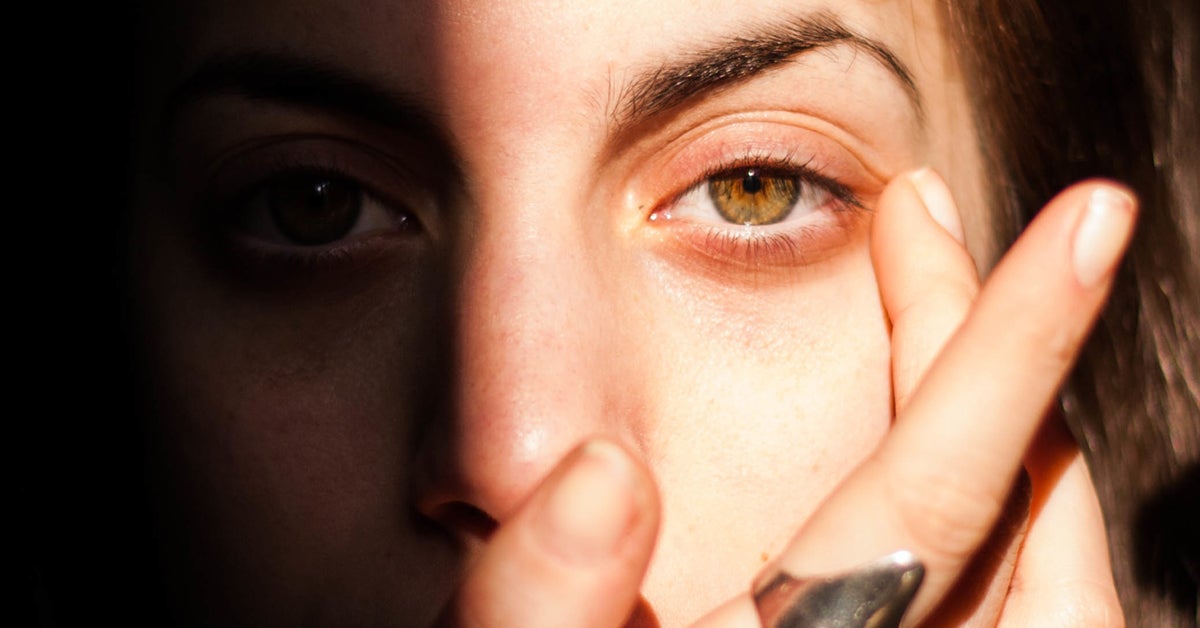

von Noorden Young Investigator Awardįigure 1: Eye Anatomy. The safest way of viewing a solar eclipse is to use indirect methods.ĭepartment of Health and ARPANSA both recommend indirect viewing methods. It is possible to suffer serious and permanent eye damage by looking at any type of solar eclipse and there is no treatment.Ĭhildren are especially at risk due to more light reaching the retina than adults. The amount of time looking at the sun that will cause loss of sight varies from eye to eye but in all cases is only a matter of seconds.ĭuring a total solar eclipse so much of the sun is covered that a person may be tempted to stare at it directly. The retina has no sensitivity to pain, and since the effects of retinal damage may not appear for hours, there is no warning that an injury to your eye has occurred. Looking at the intense light from the sun even for just a few seconds can cause permanent damage to the retina (part of the eye directly responsible for vision). Normally the sun is so intense that it is difficult and very dangerous to look at it directly. The least understood risk is from blue light which may also cause damage to the eye through photochemical retinopathy. UVR can cause 'sunburn' to the outer surface of the eye (cornea). Even a momentary glance at the sun can focus a very intense amount of heat onto the back of the eye (retina). The main hazards to the eye from very intense sunlight are from heat (infrared radiation), UVR (ultraviolet radiation) and from excessive visible light, especially blue light. The following information has been reproduced with permission from ARPANSA (external site). Children should be fully supervised during the eclipse to ensure they do not look directly at the Sun. ChildrenĬhildren's eyes are more susceptible to damage from intense light. There is also a risk of damaging your camera or screen. Mobile phones and camerasĬaution should be taken if viewing the eclipse through your mobile device to ensure that you are not looking directly at the sun by mistake, especially as your phone may not cover the sun entirely. If you do wear solar eclipse glasses, regardless of the risk, then they should be tested to meet the applicable Australian or equivalent standards.ĭo not use eclipse glasses with other optical devices such as a camera lens, telescopes, or binoculars as the concentrated solar rays will cause serious eye injury.ĭark sunglasses, exposed x-ray film and welding shields with a lens category of less than 14 will not provide suitable eye protection. they frequently do not fit the face well and light can reach the eyes from the gaps.there may be scratches, cracks or pin hole defects.The use of equipment or eyewear with specific solar filters for direct viewing of an eclipse is not recommended by the Department of Health or ARPANSA. The safest technique for viewing a solar eclipse is indirect viewing, such as using a pinhole viewer to project an image of the sun onto a piece of card or stiff paper which acts as a screen. Viewing the sun at any time can be dangerous if you do not take the proper precautions, even when the sun’s surface is partially covered during a solar eclipse. The Department of Health and the Australian Radiation Protection and Nuclear Safety Agency (ARPANSA) do not recommend direct viewing of the eclipse.There is no treatment for damage caused by looking at the sun.

Loss of vision does not occur until after the eclipse.Damage occurs rapidly without any pain.Viewing the eclipse can cause permanent vision loss.
Staring at the sun eye damage full#
Viewing a full or partial solar eclipse directly can cause eye damage or permanent blindness, including with the use of visual protection. A partial solar eclipse can also be viewed from across Western Australia. Solar eclipse: risk of permanent eye damageĮxmouth and surrounds will experience a total solar eclipse on 20 April 2023.


 0 kommentar(er)
0 kommentar(er)
